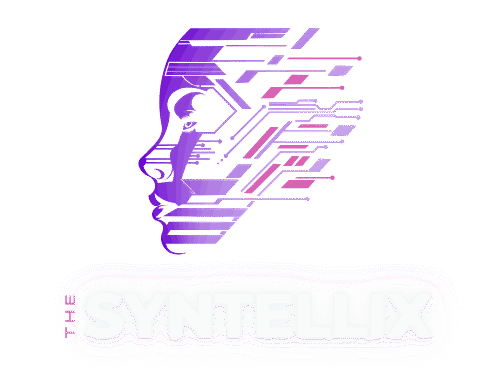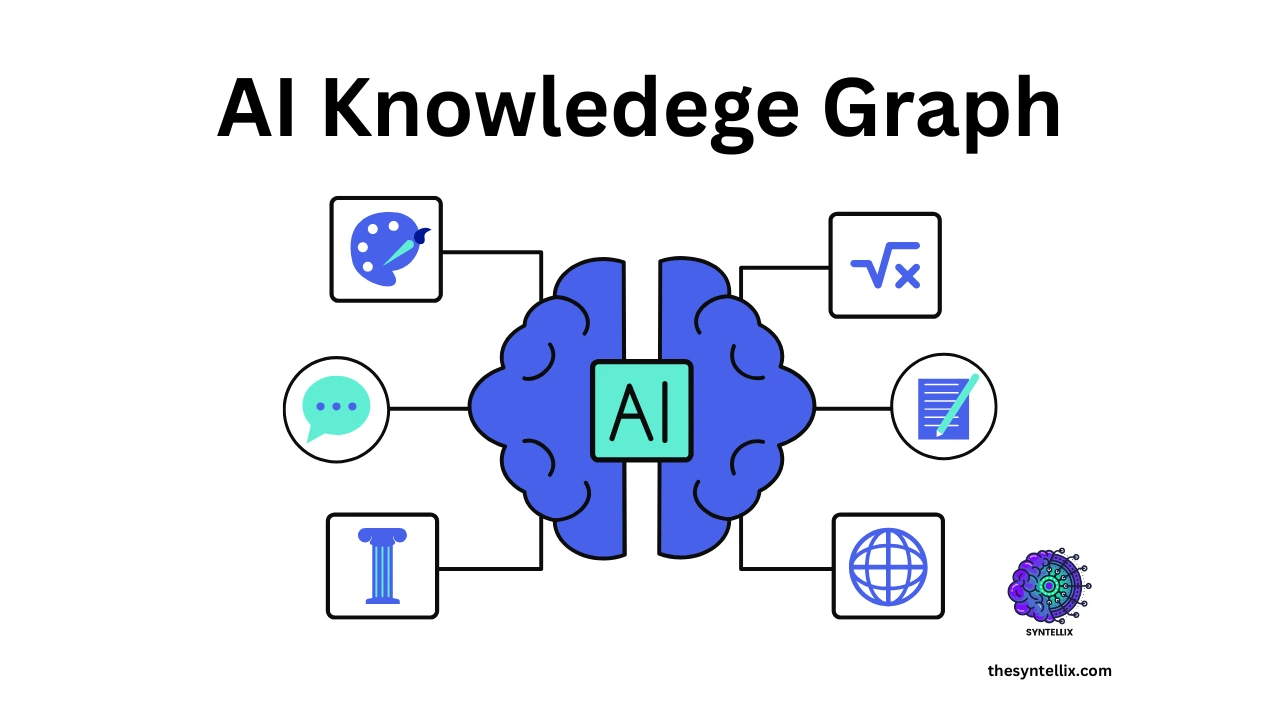In my work, I’ve come to realize that a traditional AI model is a lot like a brilliant but lonely student. You can teach it everything there is to know about one subject, but its knowledge is locked in that one area. It has trouble connecting the dots, seeing the bigger picture, and understanding how different facts relate to each other.
This is a problem I’ve faced many times, particularly when trying to build AI that can reason or answer complex questions. But I’ve found a solution that changes everything: the AI Knowledge Graph.
You can think of a knowledge graph as a digital brain. Instead of just storing isolated facts like a list of names, it connects those facts in a way that shows how they are related. For me, it was like moving from a simple spreadsheet to a dynamic map of the world.
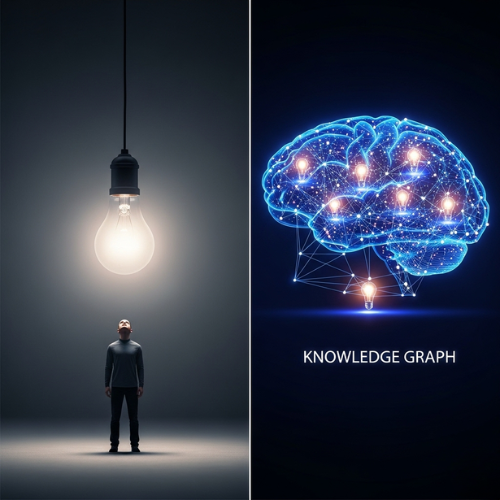
Let me break down what a knowledge graph is, why it’s so important for modern AI, and how it’s revolutionizing how we build intelligent systems.
What Is an AI Knowledge Graph?
At its core, a knowledge graph is a way to represent a network of real-world entities things like people, places, and events and their relationships. It’s built on a simple yet powerful structure:
-
Nodes (or Entities): These are the things themselves. In my work, a node could be “Albert Einstein,” “E = mc²,” or “Nobel Prize.”
-
Edges (or Relationships): These are the connections between the nodes. An edge might be “Albert Einstein discovered E = mc²,” or “Albert Einstein won Nobel Prize.”
When you map out these nodes and edges, you create a graph that shows the semantic relationships between all the facts.
While a simple database might tell you that Einstein is a scientist, a knowledge graph can tell you that he is a scientist who developed a theory that changed physics and who was awarded a prestigious prize. It’s the difference between a list of facts and a web of interconnected knowledge.
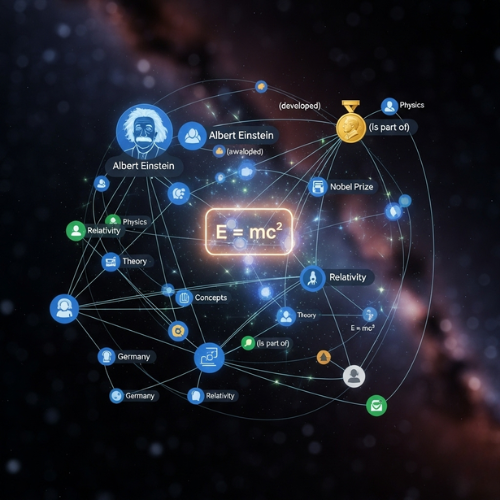
How a AI Knowledge Graph Works
In my experience, a knowledge graph is built through a systematic process that transforms raw, unstructured data into a rich, interconnected network.
-
Data Extraction: The process begins by extracting key entities and relationships from various data sources, such as articles, documents, and web pages. My team uses specialized tools and natural language processing (NLP) models to identify names, dates, places, and the verbs that connect them.
-
Structuring the Data: Once extracted, this information is structured into triples, the foundational building blocks of a knowledge graph. A triple consists of a subject, a predicate, and an object, forming a complete statement. For example, “Albert Einstein (subject) discovered (predicate) E = mc² (object).”
-
Entity Resolution: One of the most challenging but crucial steps is entity resolution. This is where I ensure that different mentions of the same real-world entity are recognized as one. For instance, my system needs to understand that “Albert Einstein,” “Einstein,” and “A. Einstein” all refer to the same person.
-
Connecting the Triples: Finally, these triples are connected to form the complete graph. The “object” of one triple can become the “subject” of another, creating a chain of knowledge. This is where the magic happens, as isolated facts are woven into a comprehensive web that AI can navigate.
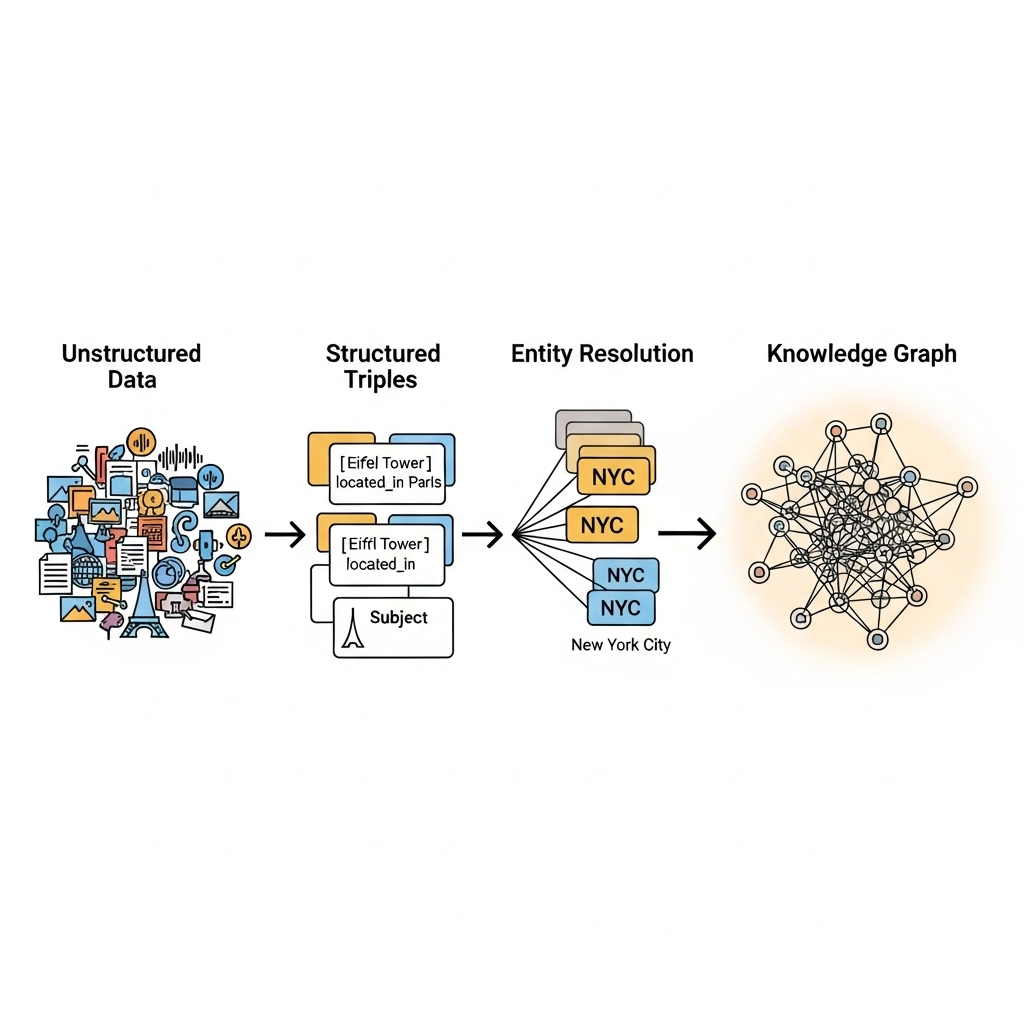
Ontologies: The Blueprint of AI Knowledge Graph
When I first started building knowledge graphs, I quickly realized that just collecting facts wasn’t enough. I needed a clear set of rules to define the types of entities and relationships that could exist in my graph. That’s where ontologies come in.
An ontology is essentially the schema or blueprint of a knowledge graph. It’s a formal representation of a body of knowledge, defining the types of things that exist in the world and how they can relate to each other. For example, my ontology might define “Person” and “Company” as types of entities and “works for” and “founded” as types of relationships.
Ontologies are vital for my work because they ensure consistency and standardization. They prevent my team from creating arbitrary connections and help the AI understand the meaning behind the data.
Without a well-defined ontology, a knowledge graph would be just a messy collection of facts, not a powerful tool for reasoning.
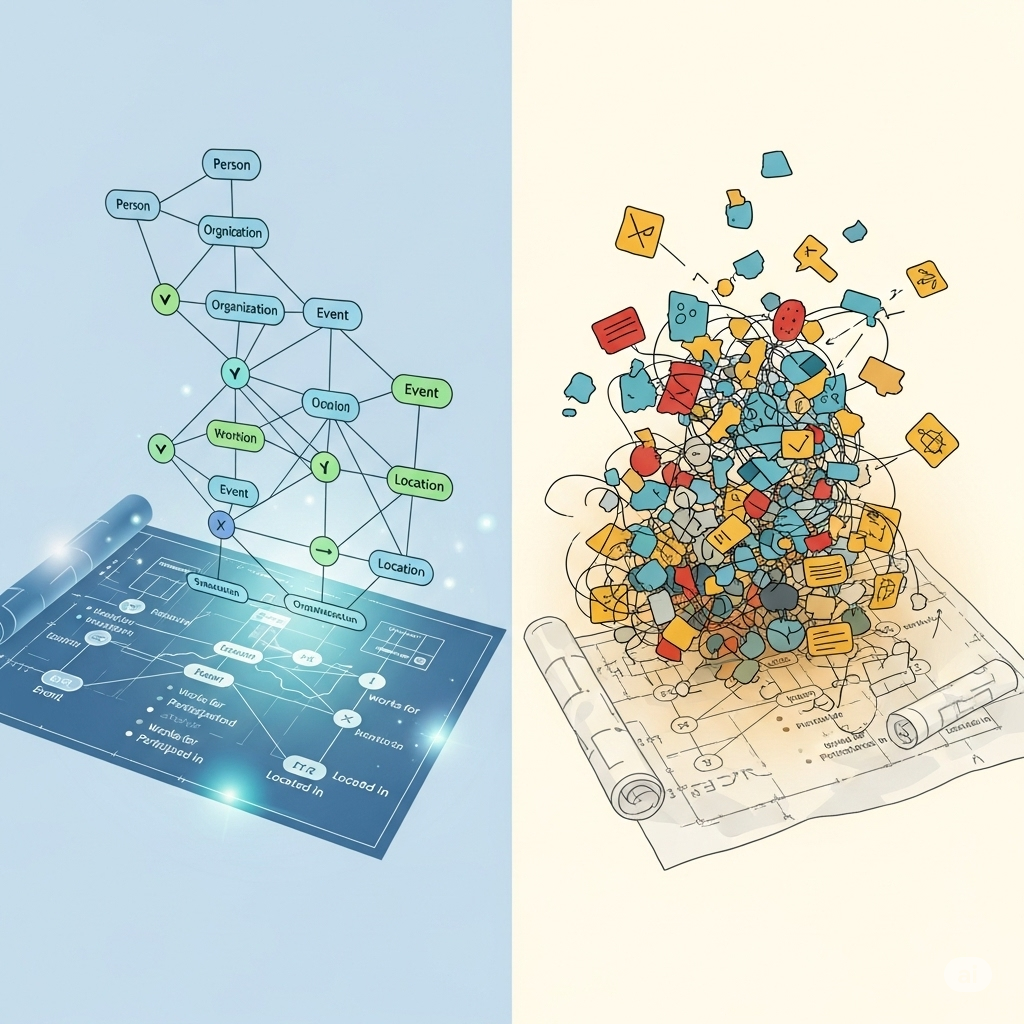
Why AI Knowledge Graphs Are Important
When I first started building AI, I found that my models were great at pattern recognition but terrible at reasoning. They could identify a cat in a picture but couldn’t answer, “Who owned the cat that lived in the White House?” without a specific, pre-written answer.
AI Knowledge graphs solve this problem by giving AI context and a deeper understanding. Here’s how I’ve seen them change the game:
-
Enabling Reasoning and Inference: Instead of just looking at keywords, a knowledge graph allows an AI to follow the threads of information. When I ask a model, “Who is the CEO of the company that acquired Tesla’s competitor?” the AI can navigate the graph: find “Tesla’s competitor,” find “the company that acquired it,” and then find “the CEO of that company.” It can reason through a series of connected facts.
-
Improving Natural Language Understanding (NLU): Large Language Models (LLMs) are great at generating text, but they can sometimes “hallucinate” or invent facts. By grounding an LLM in a knowledge graph, I can ensure it’s working with verifiable information. The knowledge graph acts as a factual backbone, giving the AI a reliable source of truth to pull from.
-
Enhancing Search and Recommendation Systems: My experience in this area has shown me that knowledge graphs can transform a simple search into a powerful discovery tool. Instead of just matching keywords, they understand the user’s intent. When a user searches for “movies like Star Wars,” a knowledge graph doesn’t just look for titles with “Star Wars” in the name; it understands that the user is looking for science fiction films, with a specific genre, and a certain cast. It can then recommend movies based on these deep relationships.
-
Creating More Transparent and Explainable AI: One of the biggest challenges I’ve faced is explaining how an AI reaches a conclusion. With a knowledge graph, the AI can show its work. It can literally trace the path it took from the question to the answer, revealing the exact relationships it followed. This is crucial for building trust in AI systems, especially in fields like finance or medicine.
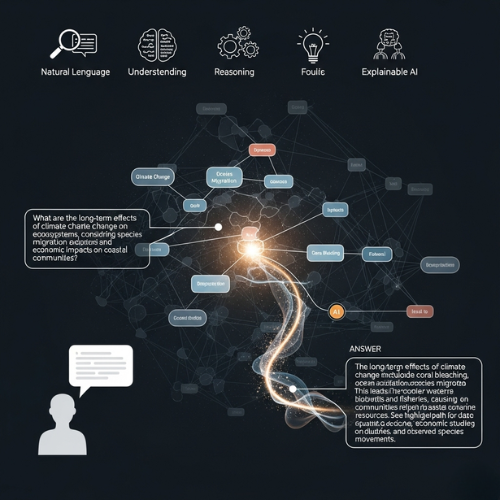
The Future of AI Is in Connections
For me, the journey into AI Knowledge Graphs has been about moving from an old way of thinking to a new one. I no longer see AI as just a model that processes data; I see it as an intelligent system that understands the connections between ideas.
Whether it’s powering Google Search, helping us uncover new scientific discoveries, or making our virtual assistants smarter, the AI knowledge graph is silently becoming the scaffolding for the next generation of artificial intelligence. It’s the key to giving our AIs not just information, but genuine understanding.
People Also Ask
What are knowledge graphs in AI?
In AI, knowledge graphs are basically structured networks of real-world information that help artificial intelligence systems understand the connections and context between different pieces of data. Instead of just seeing isolated facts, an AI using a knowledge graph sees how “Elon Musk” is related to “Tesla” (he’s the CEO) and how “Tesla” is related to “Electric Vehicles” (it manufactures them). This interconnected web of entities (like people, places, concepts) and their defined relationships gives AI a much deeper understanding, moving beyond just pattern recognition to genuine comprehension and reasoning.
What is the knowledge graph of the AI framework?
When we talk about the “knowledge graph of an AI framework,” we’re referring to a fundamental component that provides the AI with its structured understanding of a specific domain or even general world knowledge. It’s the blueprint or the actual populated network of facts that an AI system can query, learn from, and use to make more informed decisions.
Think of it this way:
-
The AI framework itself is the overall architecture and tools (like machine learning models, algorithms, programming languages) that make the AI work.
-
The knowledge graph within that framework is the specific, organized knowledge base that the AI draws upon. It defines the types of entities and relationships that are relevant to the AI’s task (its “ontology” or “schema”) and then contains the actual data (the “entities” and “relationships”) that fit that structure. This allows the AI to perform complex reasoning, reduce factual errors, and provide context-rich responses.
How to build a knowledge graph for AI?
Building a knowledge graph for AI is a multi-step process that often blends human expertise with automated tools. Here’s a simplified breakdown:
-
Define Your Goal (Use Case): First, figure out why you need a knowledge graph. What problems will it solve for your AI? (e.g., improving recommendations, detecting fraud, powering smart chatbots). This determines the scope.
-
Model Your Domain (Schema/Ontology): Design the blueprint. What are the key entities (e.g., “Customer,” “Product,” “Transaction”) and what are the important relationships between them (e.g., “Customer purchased Product,” “Product belongs to Category”)? This is where you define the types of nodes and edges.
-
Gather and Prepare Data: Collect relevant data from various sources (databases, text documents, web pages, APIs). This raw data needs to be cleaned, standardized, and often “extracted” using Natural Language Processing (NLP) or other techniques to find the entities and relationships hidden within it.
-
Ingest Data into a Graph Database: Load the structured entities and relationships into a specialized graph database (like Neo4j, or a triple store) that’s designed to store and query highly connected data efficiently.
-
Test, Refine, and Maintain: Continuously test the knowledge graph to ensure its accuracy and completeness. As new information becomes available or your needs change, the graph needs to be updated and evolved, often through automated pipelines. Tools and techniques, including machine learning, are often used to automate parts of this process, from extraction to updating
How are graphs used in AI?
Graphs, in a broader sense (including knowledge graphs and other graph structures), are incredibly versatile in AI because they naturally represent relationships, which is crucial for understanding complex systems. Here’s how they’re commonly used:
-
Knowledge Representation (Knowledge Graphs): This is the primary use. As discussed, knowledge graphs explicitly model facts and relationships, giving AI systems a structured “brain” to understand context and perform logical reasoning.
-
Recommendation Systems: Graphs link users to products, products to features, and users to other users, allowing AI to find patterns and recommend highly relevant items (e.g., “Users who bought X also bought Y”).
-
Social Network Analysis: Graphs map out connections between people or entities in a network, helping AI understand influence, community structures, and information flow.
-
Fraud Detection: AI uses graphs to uncover suspicious patterns and hidden relationships between accounts, transactions, and individuals that might indicate fraudulent activity.
-
Pathfinding and Optimization: In areas like robotics or logistics, graphs represent routes or networks, allowing AI to find the most efficient paths or optimize resource allocation.
-
Graph Neural Networks (GNNs) in Machine Learning: These are a type of neural network specifically designed to operate on graph-structured data. They enable AI to learn directly from the relationships and structure of data, leading to breakthroughs in areas like drug discovery, material science, and personalized medicine.
-
Natural Language Processing (NLP): Graphs can represent the grammatical structure of sentences or the relationships between words, helping AI understand meaning and generate coherent text.
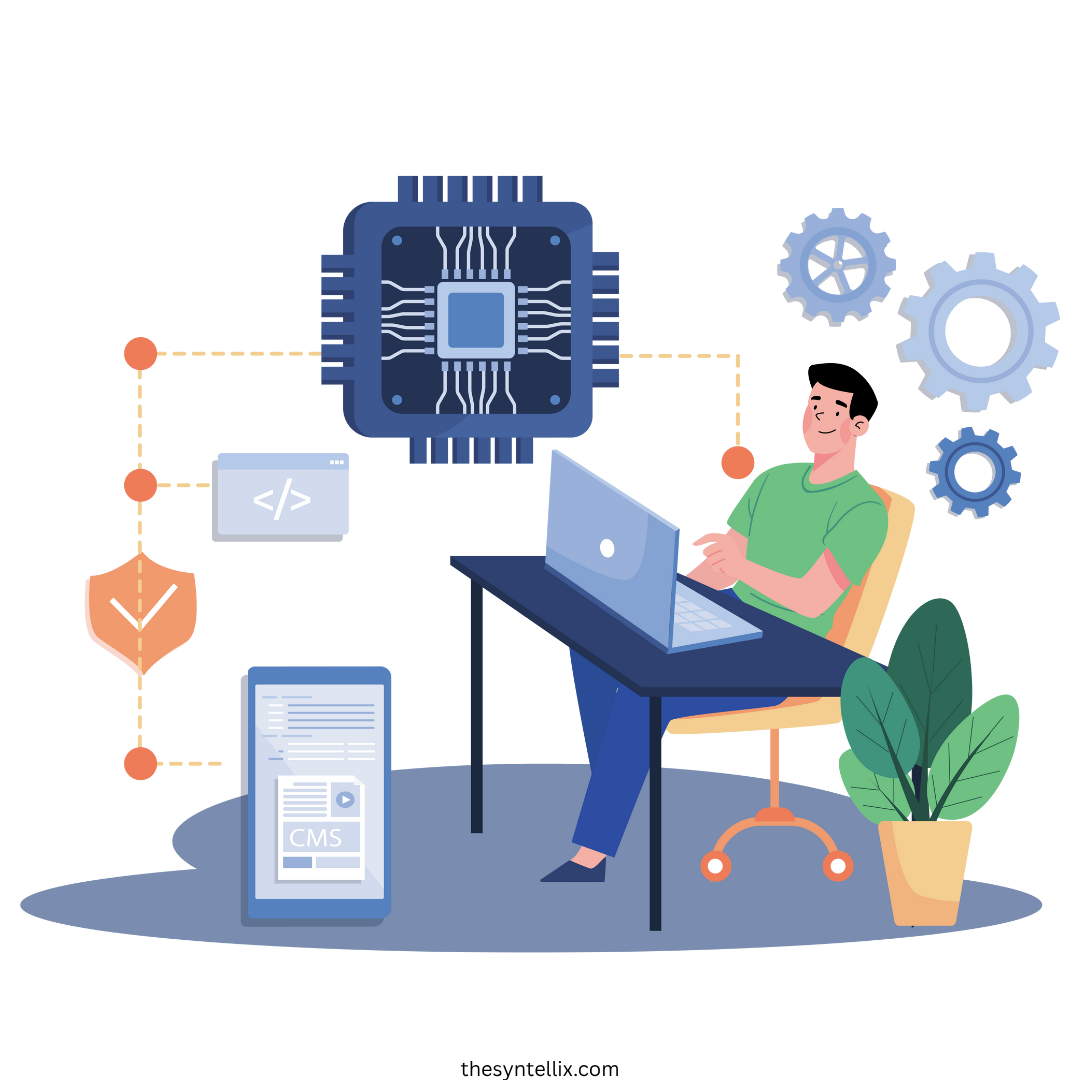
Stay ahead of the curve with the latest insights, tips, and trends in AI, technology, and innovation.
